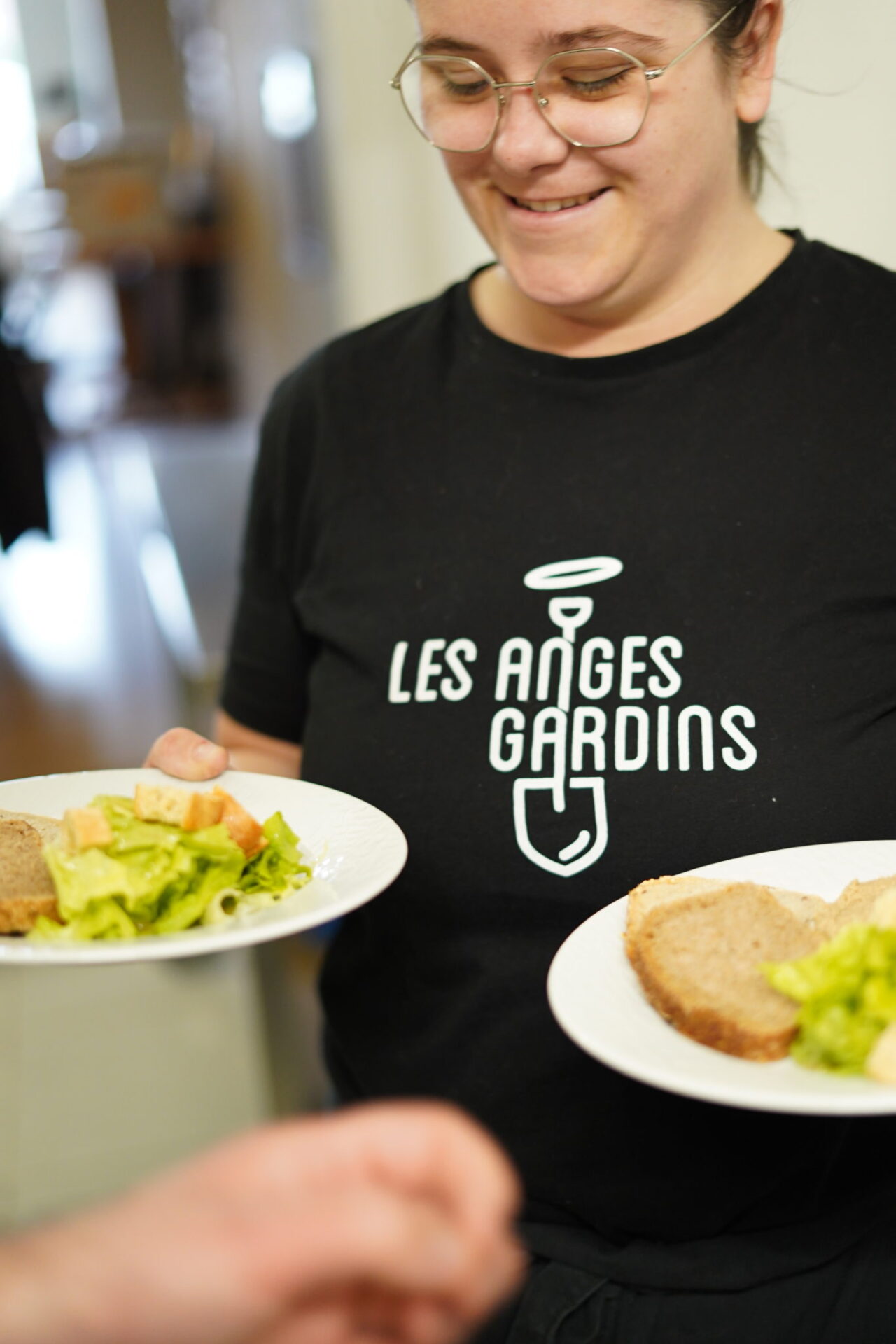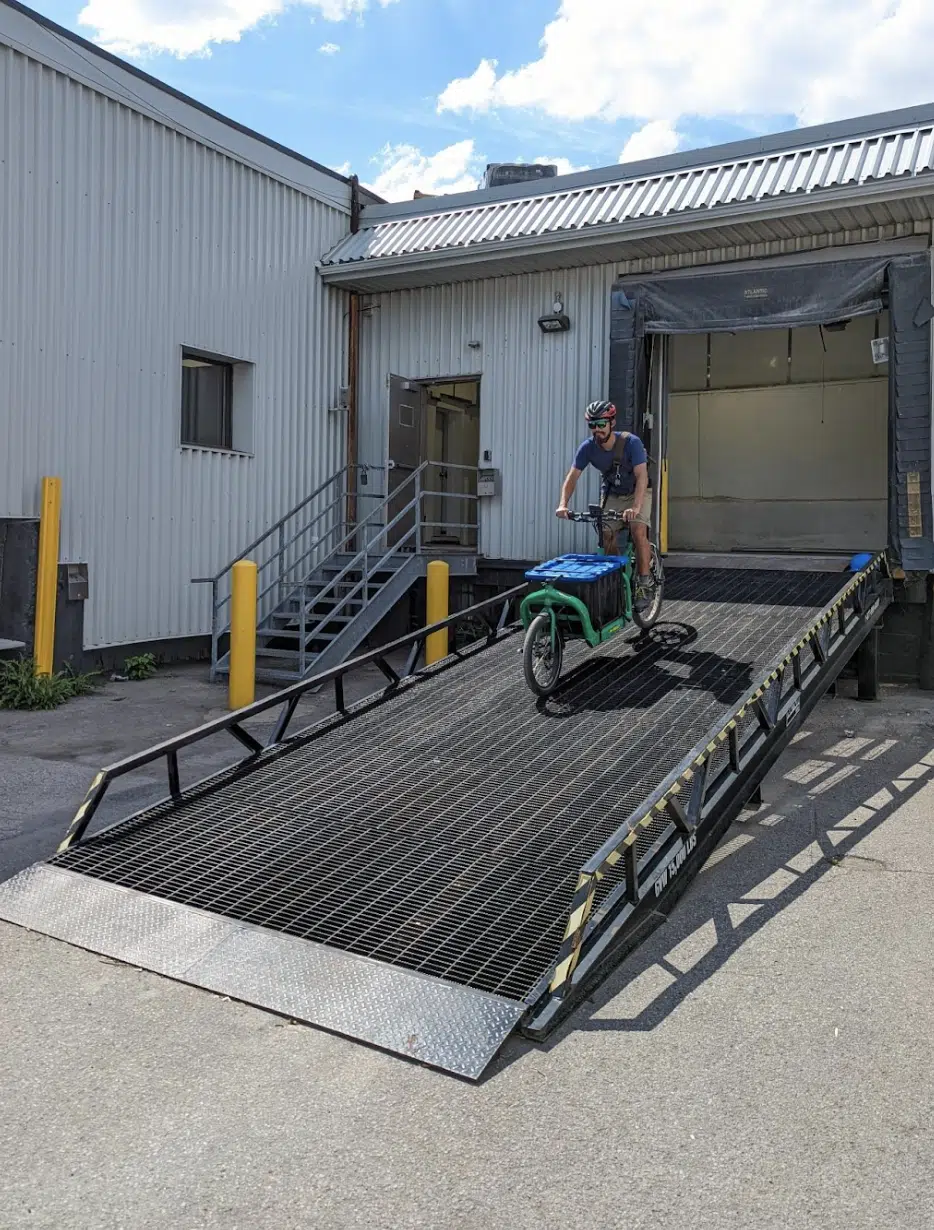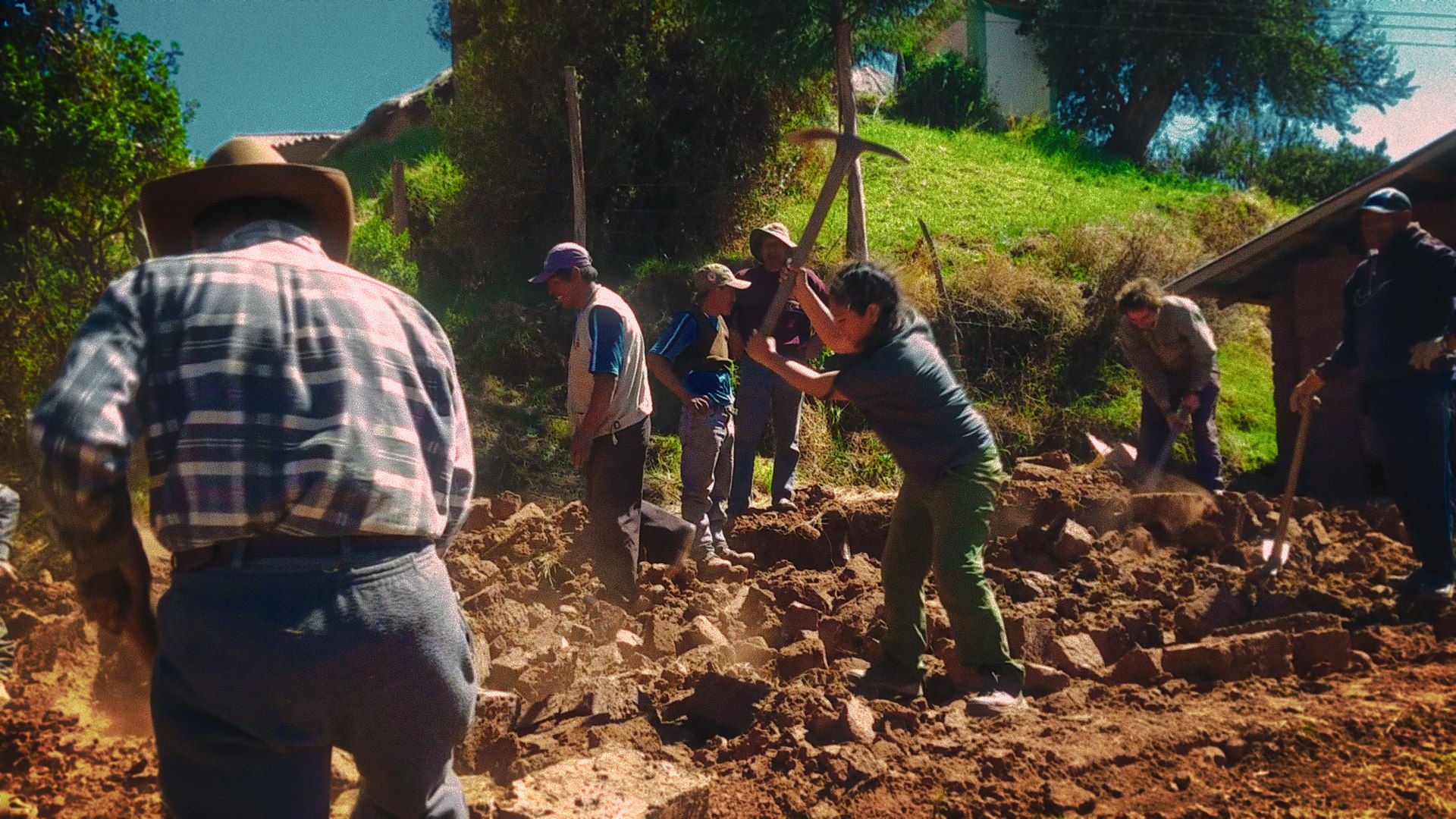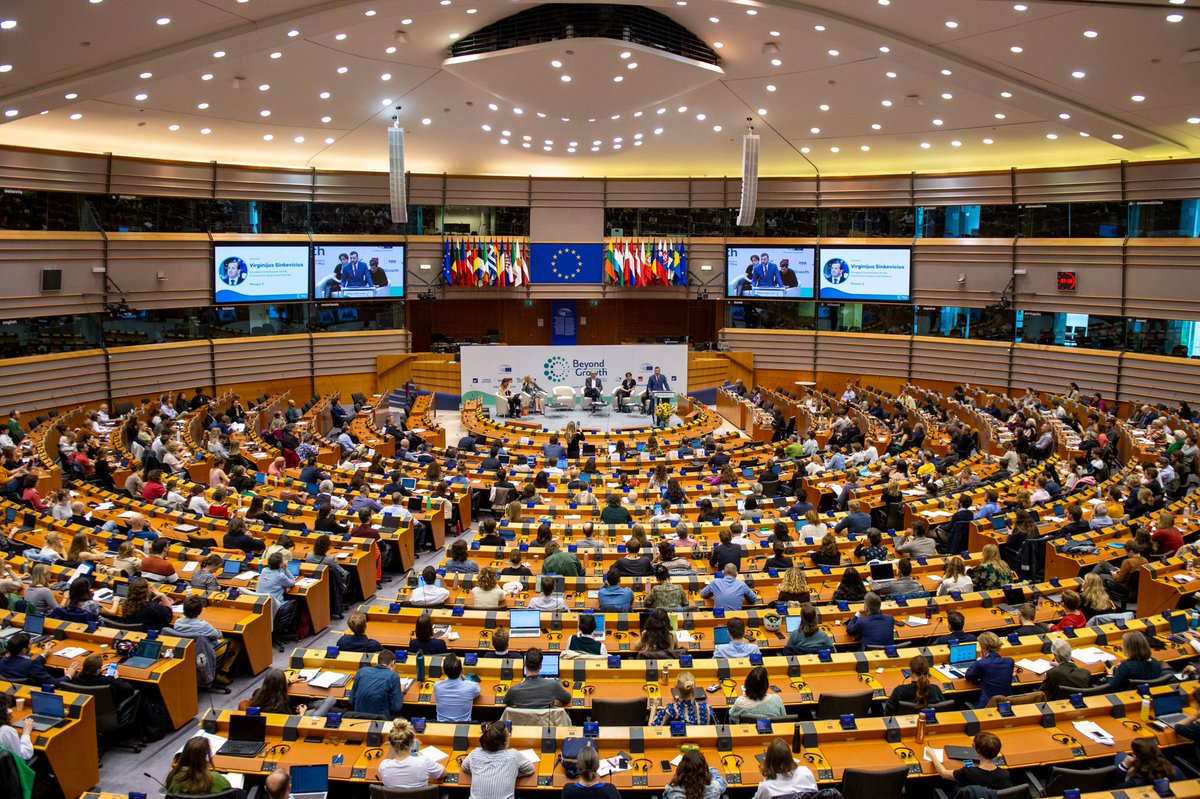Doing better (not more) with less: functional economy businesses
We hear it all the time: our current economic models need a deep transformation to become more ecologically and socially sustainable. But what does that mean in practice—especially for businesses? Can a company remain profitable while producing or selling less? One promising answer comes from a model called the Functional and Cooperative Economy (Économie de la Fonctionnalité, or EFC in French), a concept mostly developed and studied in France. It's a different way of looking at value creation—one that focuses not on selling more products, but on providing better services, often with fewer materials and less environmental impact.





